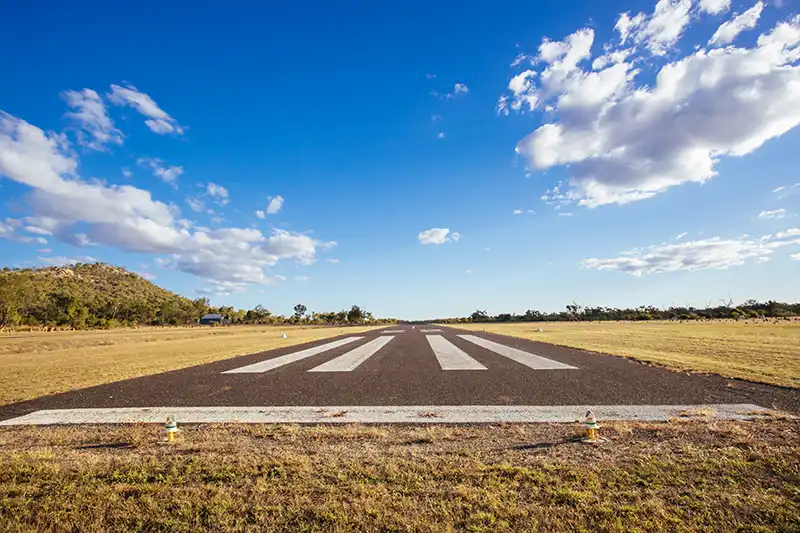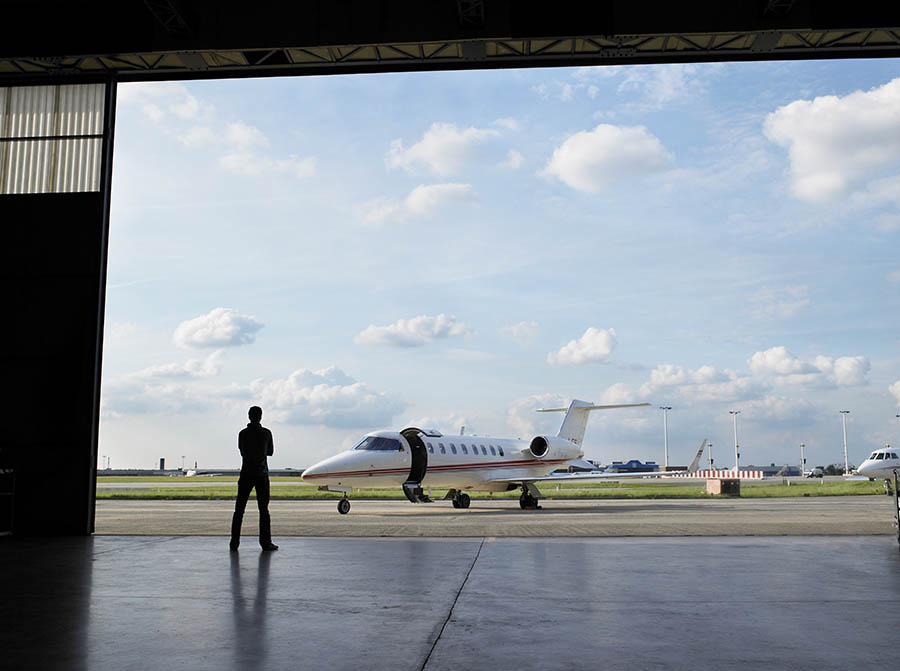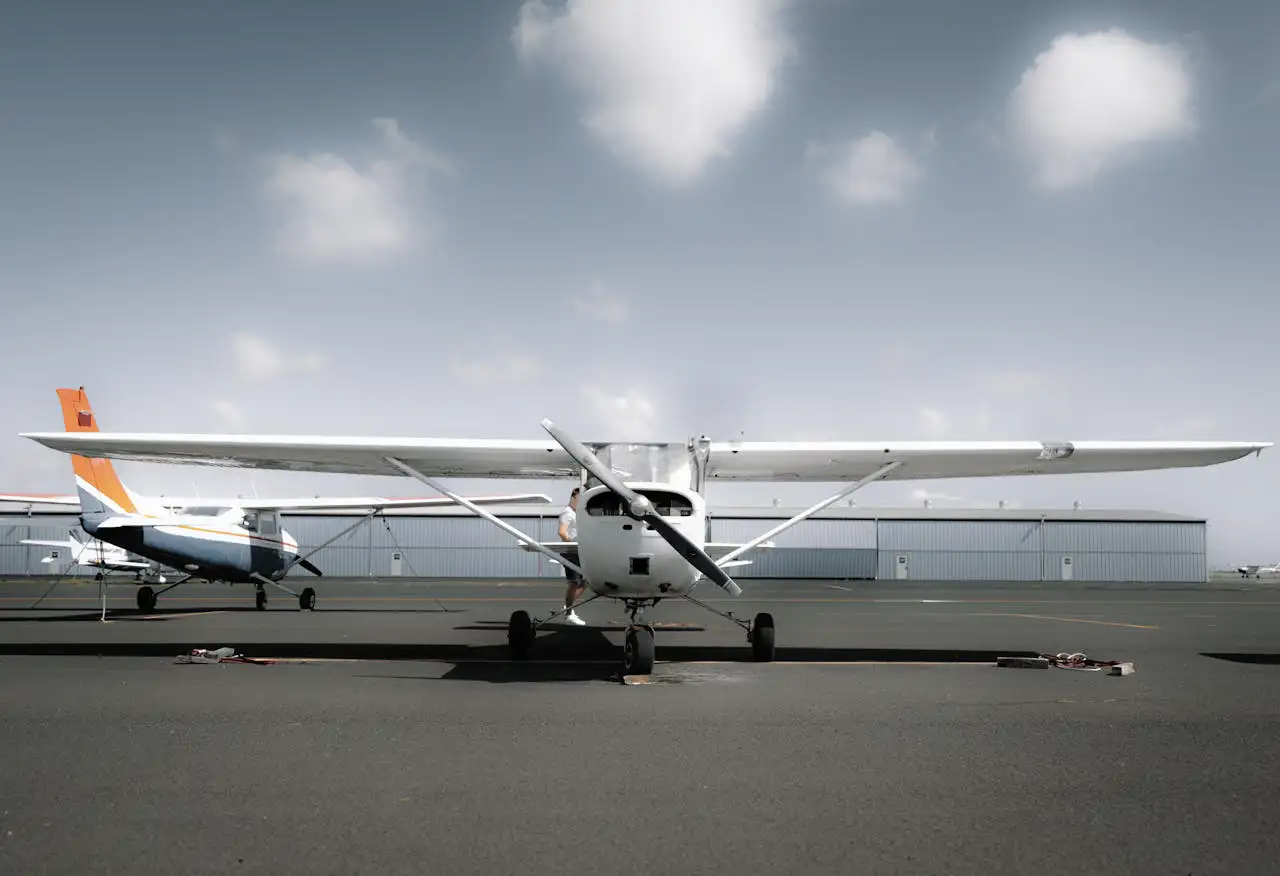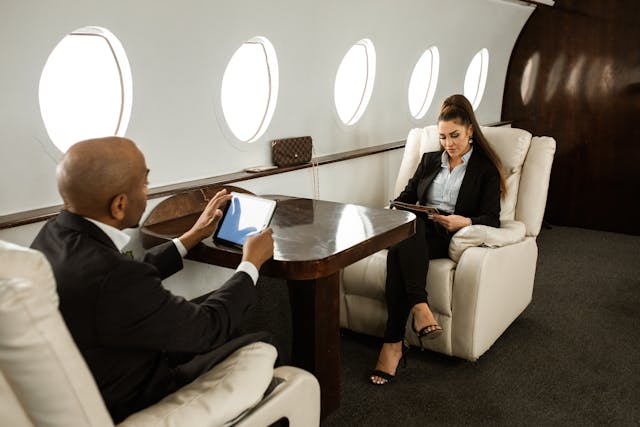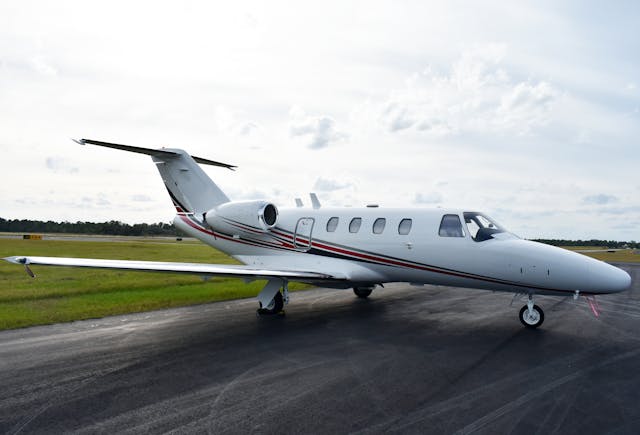Private aviation is often associated with luxury and convenience, but it plays a crucial role in providing life-saving support during humanitarian and emergency situations. When natural disasters, medical emergencies, or crisis zones require immediate aid, private aviation has the speed, flexibility, and access that commercial flights often cannot offer. From delivering urgent supplies to transporting medical teams, private aviation is an invaluable resource in crisis response efforts.
Let’s dive into how private aviation is making a difference on the front lines of humanitarian aid.
Rapid Response in Disaster Relief
When natural disasters strike—whether earthquakes, hurricanes, or floods—the immediate need for aid is often overwhelming. Private jets, helicopters, and small aircraft are well-suited for quick deployment. Unlike commercial flights, which require significant lead time and coordination, private aviation can be mobilized within hours, making it a crucial asset in delivering relief supplies and emergency teams to areas in distress.
After a disaster, many commercial airports may be damaged or overwhelmed with traffic, while smaller airstrips that can accommodate private planes often remain operational. This flexibility allows private aviation to reach areas with limited or compromised infrastructure and bring in essential items such as medical supplies, clean water, food, and shelter equipment.
Medical Transport and Emergency Evacuations
In addition to delivering supplies, private aviation is often used for medical evacuation and emergency transport. When individuals are in need of urgent medical care or when remote communities have limited access to healthcare, private jets and air ambulances become critical lifelines. These flights are equipped to handle medical emergencies, with trained personnel and medical equipment on board.
Private aviation’s speed can make the difference in life-or-death situations, enabling patients to reach advanced medical facilities faster than they would by other means. Whether it’s airlifting a patient from a remote island or transporting a critically ill person to a specialized hospital, private aviation ensures timely care.
Supporting Non-Governmental Organizations (NGOs) and Humanitarian Aid Workers
Non-Governmental Organizations (NGOs) and humanitarian organizations often rely on private aviation to get their personnel to remote or conflict-ridden regions. Unlike commercial aviation, private flights can be arranged according to the specific needs and timing of these organizations, allowing them to maintain a steady presence in difficult-to-reach areas.
In conflict zones, private aviation provides a safe and controlled way to transport aid workers, medical personnel, and supplies. Private jets offer flexibility in scheduling, routing, and landing locations, which can be crucial when navigating areas with unpredictable or changing conditions. This capability is especially important for NGOs that operate in high-risk areas and need reliable, secure transportation.
Evacuations from Conflict Zones and Crisis Areas
Private aviation is also essential for evacuating people from conflict zones, especially during times of political upheaval or violence. When traditional means of transport are unavailable or unsafe, private jets and helicopters provide a fast, discreet way to evacuate individuals and families. Private flights can often bypass blocked commercial routes, transporting people to safe areas without the delays or risks associated with commercial travel.
For example, during sudden escalations in conflict, private aviation is often one of the first resources tapped to safely evacuate diplomats, journalists, and civilians. With dedicated crews and flexibility in flight planning, private aviation ensures that these vulnerable individuals can reach safety quickly and efficiently.
Delivering Supplies to Remote or Hard-to-Reach Areas
One of the most valuable aspects of private aviation in humanitarian aid is its ability to reach remote areas. In mountainous regions, islands, or sparsely populated areas, infrastructure is often minimal, and commercial airlines don’t typically serve these destinations. Private aviation can deliver critical supplies to these communities, ensuring they have access to essential resources.
This support is particularly vital during disease outbreaks or extreme weather events when isolated communities may be cut off from traditional supply lines. By providing air support, private aviation plays an essential role in bridging the gap between remote populations and the help they need.
Environmental and Wildlife Rescue Efforts
Private aviation also contributes to environmental and wildlife rescue missions. Conservationists and environmental organizations use private flights to reach endangered ecosystems and rescue endangered animals. For instance, private aviation has been used to transport orphaned or injured wildlife to sanctuaries and medical facilities or to quickly relocate animals from areas affected by wildfires or drought.
Additionally, small private planes are often used to monitor environmental conditions, allowing organizations to assess the impact of natural disasters, track the movement of endangered species, or respond to poaching threats. In these cases, private aviation offers a unique vantage point and the agility needed for rapid environmental intervention.
How You Can Help Support Humanitarian Aviation
Humanitarian aviation relies heavily on donations and support from the private sector. Organizations like Airlink, an aviation non-profit, partner with airlines and private aviation companies to provide critical services in disaster-stricken areas. Many private jet owners and companies also donate flights or offer discounted services for humanitarian missions.
Contributions from the private sector are crucial, as humanitarian needs often exceed government resources, especially in high-stakes, immediate situations. By supporting these efforts—whether through financial contributions, volunteering, or spreading awareness—you can play a role in helping private aviation continue its life-saving work.
Private aviation is far more than luxury travel; it is an essential tool in the global response to crises and humanitarian needs. From enabling rapid disaster response to providing medical transport and supporting conservation efforts, private aviation’s flexibility and reach make it indispensable. As we look forward, innovations in private aviation are poised to enhance its ability to serve in times of need, ensuring it remains a key part of humanitarian and emergency missions worldwide.


